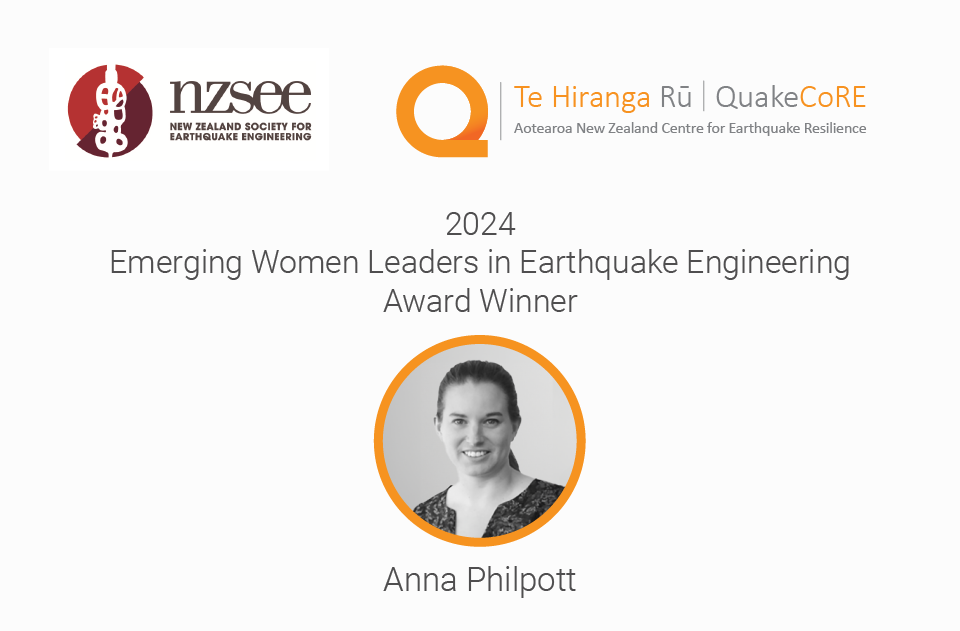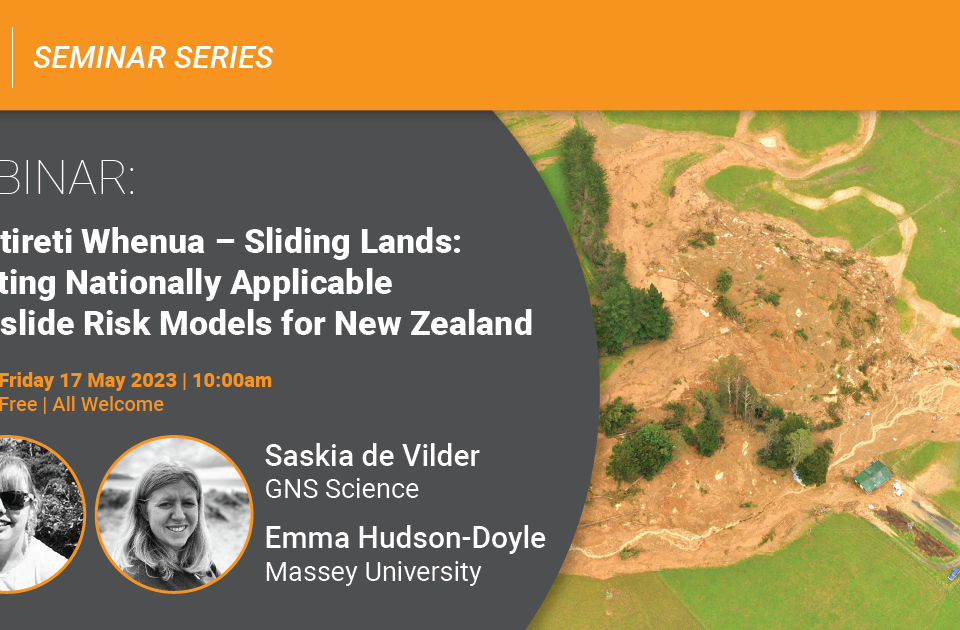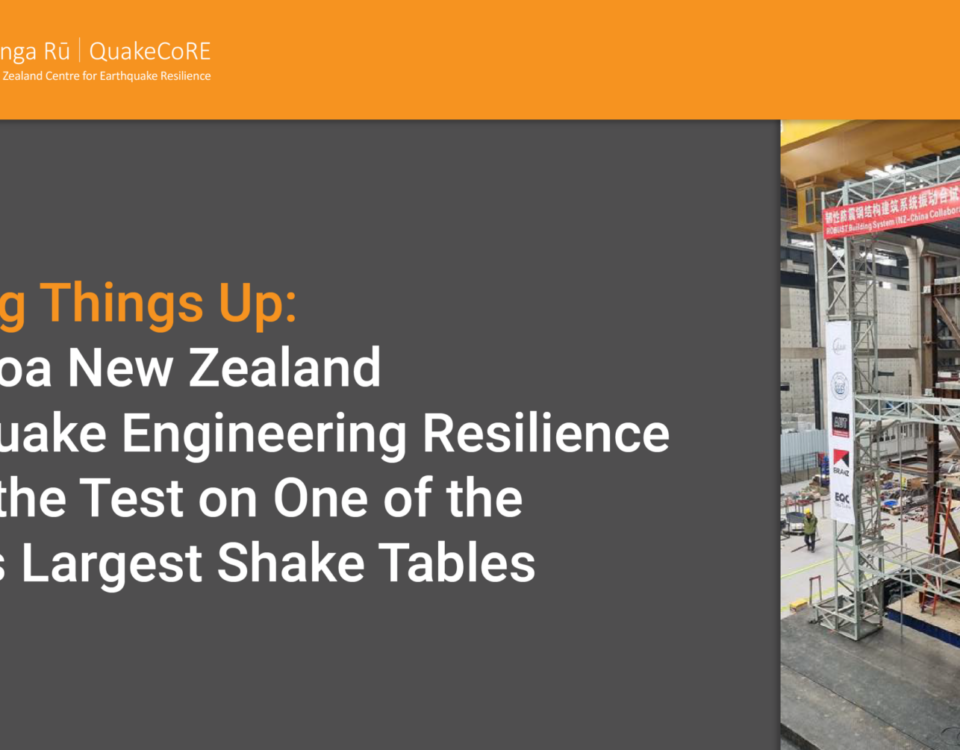
2020 QuakeCoRE Seminar Series
November 27, 2019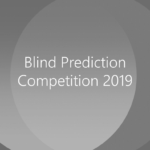
Blind Prediction Competition 2019 – Results
December 4, 2019TE HIRANGA RŪ QUAKECORE 2 PROPOSAL SUMMARY
(SUBMITTED TO TEC FOR FUNDING 2021-2028)
Below is a summary of the Te Hiranga Rū QuakeCoRE rebid proposal that was submitted to TEC under the 2019-20 CoRE funding round.
Research Programme
Building on achievements during 2016-2020 (Phase 1), the second phase of Te Hiranga Rū QuakeCoRE will establish multi-institutional research programmes with international networks. The research programmes (Figure 1) will advance the science and implementation pathways of earthquake resilience through system-level science with deep collaborations coordinated across engineering, physical and social science disciplines and research institutions. The primary research structure is two-tiered in nature with: (i) Disciplinary Themes; and (ii) Inter-disciplinary Programmes, the latter representing the convergence of several themes toward the vision of earthquake resilience.
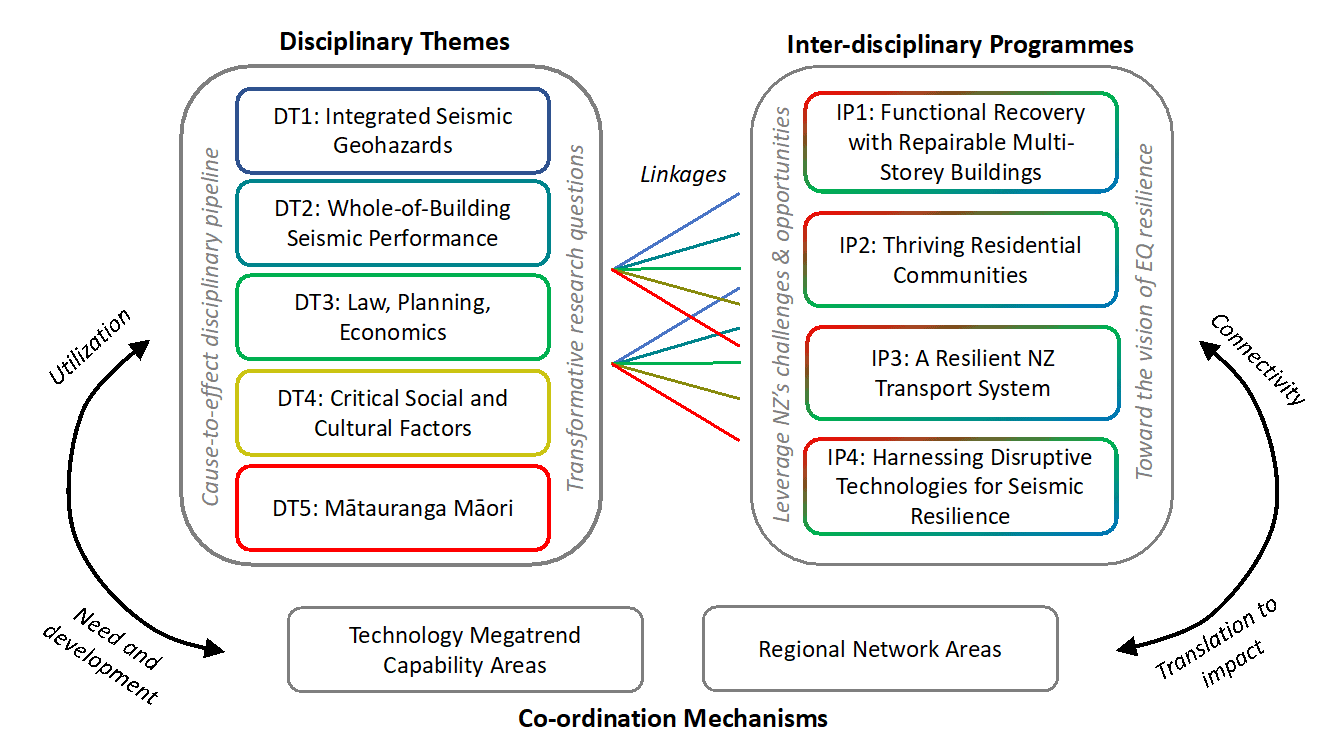
Figure 1: Te Hiranga Rū QuakeCoRE (Phase 2) Research Structure. Disciplinary Themes collectively span the disciplinary pipeline of earthquake resilience research and focus on transformative research questions; Inter-disciplinary Programmes leverage Aotearoa New Zealand-’s unique challenges and opportunities toward the global vision of earthquake resilience using Aotearoa New Zealand as a natural earthquake laboratory; Coordination Mechanisms enhance the Disciplinary Themes and Inter-disciplinary Programmes through accelerating capability development and utilization of research technologies, and regional networks that provide connectivity and a pathway to impact.
Disciplinary Themes: Research areas that collectively span the disciplinary pipeline of earthquake resilience and focus on transformative research questions in which Aotearoa New Zealand researchers have shown global leadership.
DT1-Integrated Seismic Geohazards: Advance understanding and modelling of individual earthquake-induced geohazards (ground motions, liquefaction, and slope instability), as well as unified data collection and modelling approaches to enable an integrated prediction in order to more efficiently mitigate future impacts and stimulate rapid advances in the profession (Leaders: Brendon Bradley, Rolando Orense).
DT2-Whole-of-Building Seismic Performance: Develop fundamental understanding, and methods and models for the quantification of, whole-of-building seismic performance through direct consideration of structural and non-structural component interactions, as well as advances in seismic design and assessment considering life-cycle analysis (Leaders: Rick Henry, Santiago Pujol).
DT3-Law, Planning, Economics: Investigate economic impacts of earthquakes, and create the evidence base to inform regulation for effective planning, policy and mitigation to build resilience – including whole-of-economy earthquake impact modelling, assessment of specific resilience-building legal and planning tools and processes, and behavioural -˜nudges-™ to incentivize resilience (Leaders: Ilan Noy, John Hopkins).
DT4-Cultural and Social Factors Shaping Resilience: Collaboratively understand, model and improve the critical cultural and social factors determining societal resilience to earthquakes in Aotearoa New Zealand, including human responses to earthquakes, temporal and spatial variation of risk, and building an earthquake-resilient society (Leaders: David Johnston, Caroline Orchiston).
DT5-Mātauranga Māori and Earthquake Resilience: Community-led and co-designed participatory research to create and innovate mÄtauranga Māori (Māori knowledge) that will facilitate achievement of the earthquake resilience aspirations of tangata whenua. Knowledge translation of research findings will encourage increased understanding within Te Hiranga Rū QuakeCoRE, of iwi, hapÅ« and whÄnau perspectives on earthquakes and disaster risk reduction (Leaders: Christine Kenney, Wendy Saunders).
Inter-disciplinary Programmes: Inter-disciplinary research that leverages Aotearoa New Zealand-’s unique situation and challenges to advance the vision of earthquake resilience. These programmes draw on expertise in multiple disciplinary themes.
IP1-Functional Recovery with Repairable Multi-storey Buildings: Repair of earthquake damage is a critical component to the recovery after an earthquake disaster. After recent events, the time to return the commercial and industrial building stock to functionality has been hindered by the lack of understanding of residual capacity and repair. This programme will identify time-to-functionality targets and repairable building solutions, thus providing the underlying science to support the development of the world-’s first functional recovery-based seismic design standard (Leaders: Ken Elwood, Geoff Rodgers, Alice Chang-Richards).
IP2-Thriving Residential Communities: The Canterbury earthquakes illustrated the potential for large financial losses ($16B of $40B total) and multi-year disruption to Aotearoa New Zealand’s residential sector, with significant implications on mental health and the disaster insurance market. This programme will tackle the problem of resilient housing – including effective engineering and technological solutions, land-use planning, improved insurance processes and frameworks, effective legislation, and communication and engagement strategies (Leaders: Tim Sullivan, Julia Becker).
IP3-A Resilient Aotearoa New Zealand Transport System: A resilient transport and logistics system is critical to the ongoing and future viability of businesses and communities across the country, supporting the efficient movement of goods and people. This programme will integrate component- and system-level modelling of networks and their users, consider interaction between different transport and logistics modes, and the social and economic impacts of disruption, to inform policy and investment decisions on the transport and logistics systems of the future (Leaders: Liam Wotherspoon, Charlotte Brown).
IP4-Harnessing Disruptive Technologies for Earthquake Resilience: This programme will identify how transformational (i.e. order of magnitude) advancements in Aotearoa New Zealand’s infrastructure resilience can be achieved through strategic adoption of disruptive technologies, via government and market-led initiatives. A central hypothesis is that rapid adoption of several disruptive technologies (e.g. distributed solar power) will result in a significantly greater resilience gain than the conventional wisdom of incremental investment to improve existing asset classes (e.g. centralized transmission networks) (Leaders: Nirmal Nair, Garry McDonald).
Governance and Management
As depicted in the Organisational Chart (Figure 2), Te Hiranga Rū QuakeCoRE contains three Boards associated with performance, accountability, risk and strategic management and decision making. The Te Hiranga Rū QuakeCoRE (Governance) Board provides the primary governance of Te Hiranga Rū QuakeCoRE throughout its annual operations and strategic planning activities. In addition, The International Science Advisory Board (ISAB) provides internationally-renowned expertise and leadership to the Te Hiranga Rū QuakeCoRE Executive, with the ISAB Chair (Prof. Mary Comerio) also a member of the Board. The Te ApÄrangi o Hiranga Rū (Māori Advisory Board) provides strategic advice on Te Hiranga Rū QuakeCoRE activities with respect to Vision Mātauranga and Māori capability and capacity development, with the Chair (TÄ Mark Solomon) also a member of the Board.
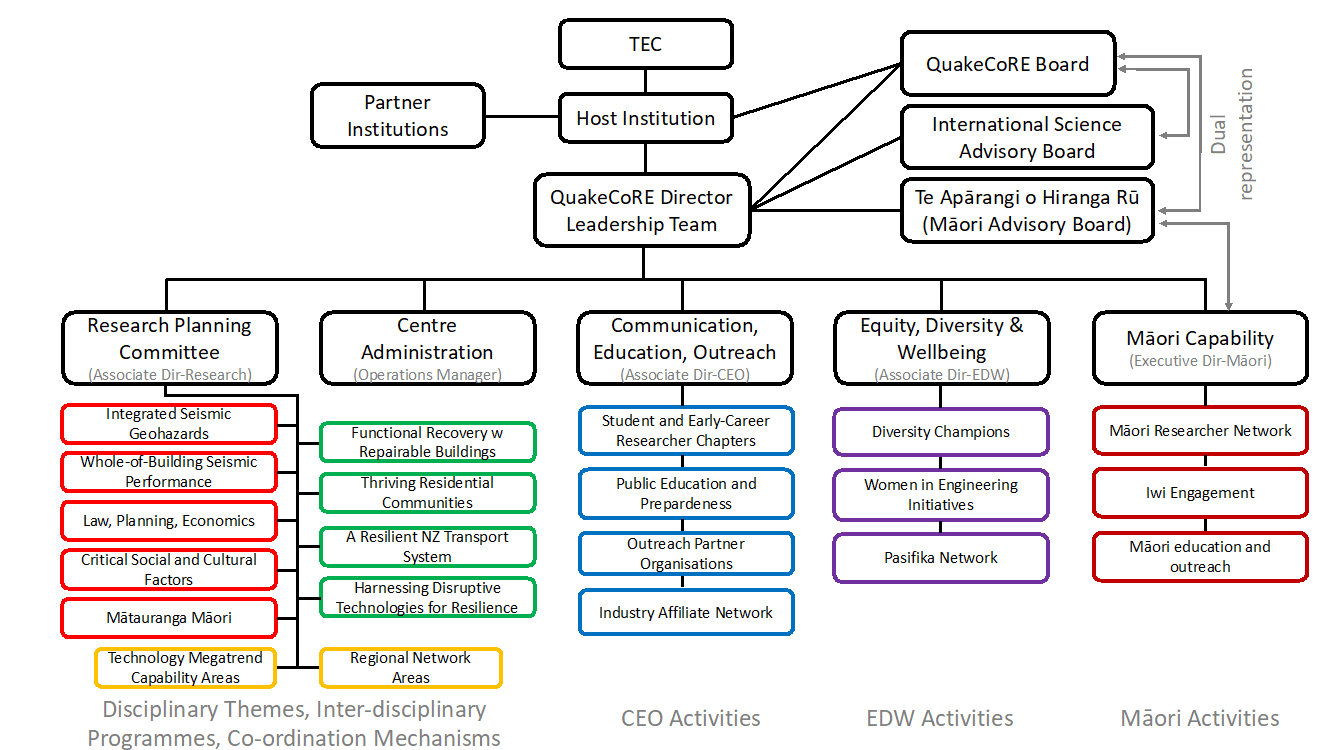
Figure 2: Te Hiranga Rū QuakeCoRE 2 Organisational Structure
Governance Board
- Dean Kimpton – Director, Tuhura Consulting (Chair)
- Prof. Mary Comerio (International Science Advisory Board Chair)
- TÄ Mark Solomon (Māori Advisory Board Chair)
- John Hare – CEO, Holmes Group
- Mike Mendon̤a РChief Resilience Officer, Wellington City Council
- Dr. John Reid – Senior Research Fellow, Ngāi Tahu Research Centre, University of Canterbury.
- Prof. Jan Evans-Freeman – Pro-Vice Chancellor of Engineering, University of Canterbury
- Prof. Bryony James – Deputy Dean of Engineering, University of Auckland
International Science Advisory Board
- Mary Comerio – U. of California, Berkeley, USA (Chair)
- Prof. Thomas O-™Rourke – Cornell University, USA.
- Prof. Ellen Rathje – Director, DesignSafe Cyberinfrastructure, U. of Texas, Austin, USA.
- Prof. Jack Baker – Director, Stanford Urban Resilience Initiative, Stanford University, USA.
- Prof. Tiziana Rossetto – Director, EPICentre , University College London: Earthquake and People Interaction Centre.
- Prof. Shyh-Jiann Hwang – Director, National Center for Research in Earthquake Engineering, National Taiwan University, Taiwan.
- Prof. Ann Bostrom – University of Washington, USA.
- Juan Carlos de la Llera – Deputy Director, CIGIDEN (Centre for Integrated Risk Management), Pontificia Universidad Catolica de Chile, Chile.
Te ApÄrangi o Hiranga Rū (Māori Advisory Board)
- TÄ Mark Solomon – Ngāi Tahu and Ngāti KurÄ« (Kaikōura) (Chair)
- Diane Bradshaw – Ngāti Te Wehi, Ngāti Mahuta hapÅ« of Waikato Tainui, Te Uri o Hau ki Te Rarawa iwi. Māori Opportunities Relationship Advisor, GNS Science.
- Marama Muru-Lanning – Waikato-Ngāti Maniapoto. Senior Research Fellow and Director, James Henare Research Centre, University of Auckland.
- Shane Graham – Ngaati Raukawa, Ngaati Korokii-Kahukura. Te Hiranga Rū QuakeCoRE Executive Director – Māori and member of Te Hiranga Rū QuakeCoRE Leadership Team.
Leadership Team
The Leadership Team will provide support to the Director on executive decision-making responsibilities and strategic direction. It will comprise seven voting members – the Director, who will act as chair; Deputy Director; three Associate/Executive Directors with named portfolios; and two elected members from the researcher community. The Te Hiranga Rū QuakeCoRE Operations Manager will serve as an eighth, non-voting member.
- Director: Brendon Bradley
- Deputy Director: David Johnston
- Associate Director – Research: Ken Elwood
- Associate Director – Communication, Education, Outreach: Caroline Orchiston
- Associate Director – Equity, Diversity, and Wellbeing: Wendy Saunders
- Executive Director – Māori: Shane Graham
- Elected members: Two additional members elected by the PI/AI members of the Te Hiranga Rū QuakeCoRE community to serve for a period of 2 years.
- Operations Manager (non-voting): Ruth Hartshorn
If you would like additional information about the Te Hiranga Rū QuakeCoRE rebid proposal, contact us via email: [email protected].



